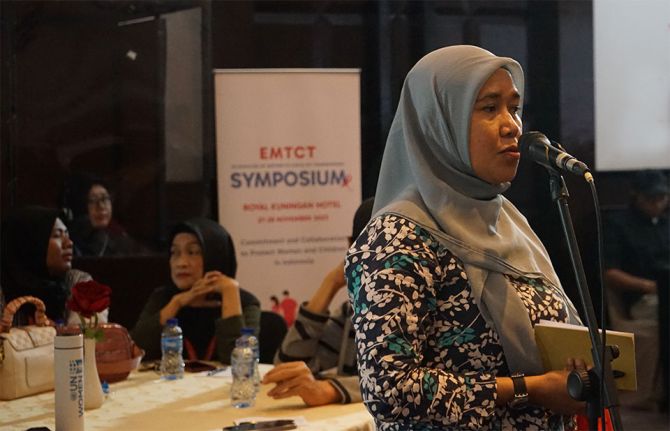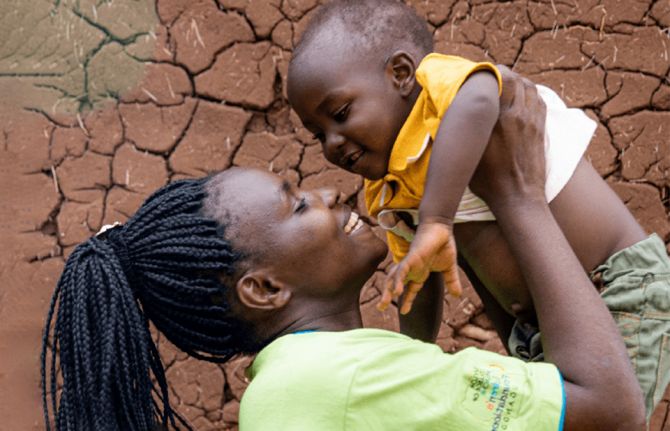

Hopes to find a cure for HIV received a setback on 10 July when health officials from the United States of America announced that the so-called Mississippi baby is showing signs of HIV infection. Credit: UNAIDS
Update
Mississippi baby shows signs of HIV infection
11 July 2014
11 July 2014 11 July 2014Hopes to find a cure for HIV received a setback on 10 July when health officials from the United States of America announced that the so-called Mississippi baby is showing signs of HIV infection.
In March 2013, it was announced that a baby born in Mississippi had been cured of HIV after receiving an aggressive treatment immediately after birth, thus opening the door to the possibility of reversing infections among newborns. The child, now four, has restarted antiviral therapy as detectable levels of the virus have been found in her blood.
“This case illustrates that we still have much to learn about HIV, and in particular how it persists in reservoirs,” said Peter Godfrey-Faussett, UNAIDS Senior Science Adviser. “This case has also highlighted the need for even earlier diagnosis for infants, including testing at birth,” he added.
The Mississippi case was the first one to be reported but since then there have been other cases. In these subsequent cases, treatment was also started very early but has never been stopped.
A cure for HIV remains a crucial goal in the long-term response to HIV. However, a greater understanding of the reservoirs in which HIV hides, and, in particular, of why, when and how it emerges from these reservoirs, seems to be critical for developing an affordable and accessible cure.


